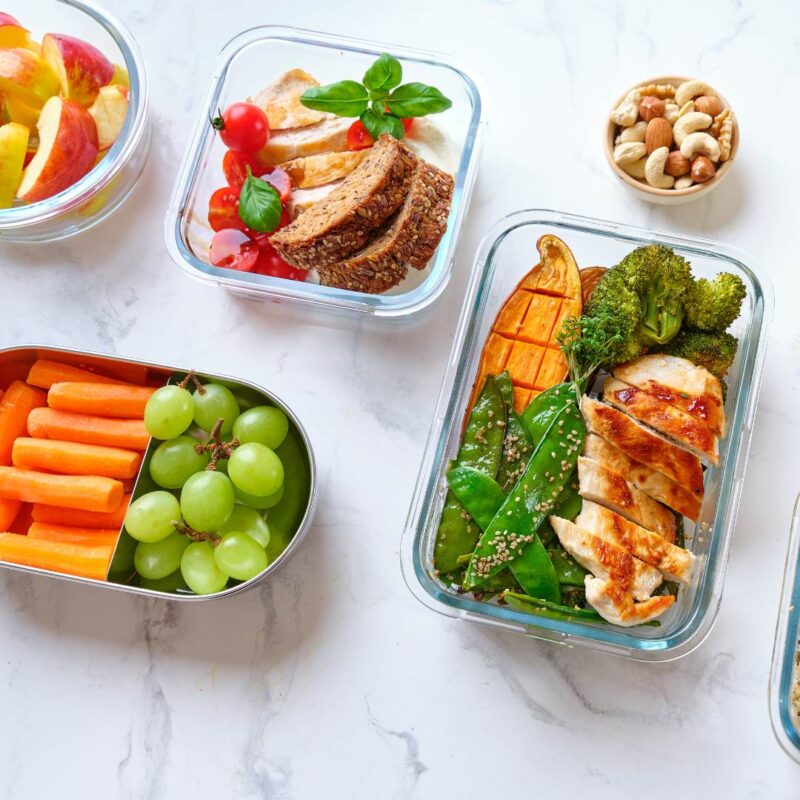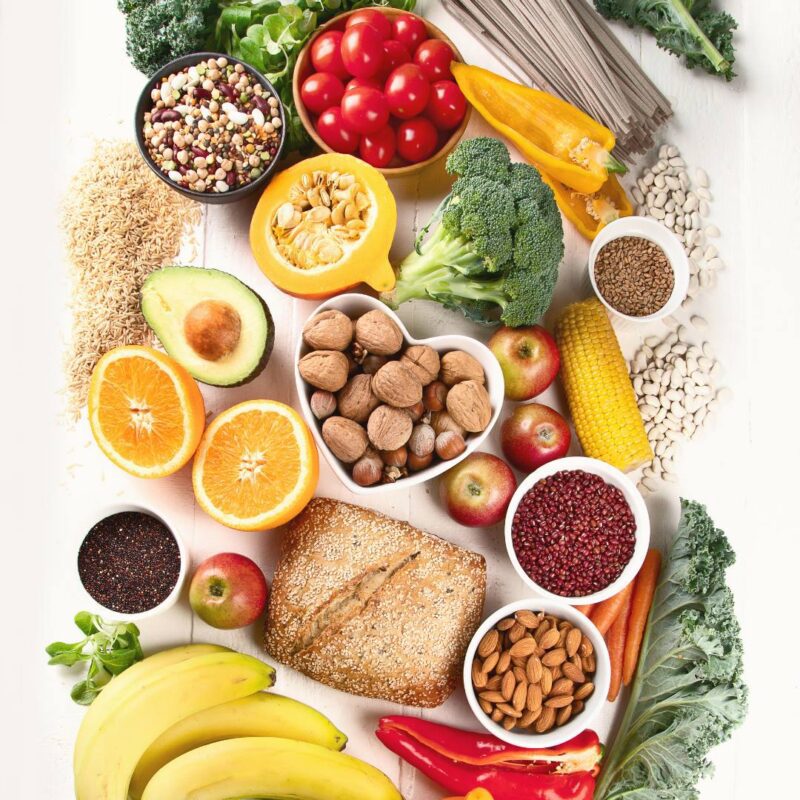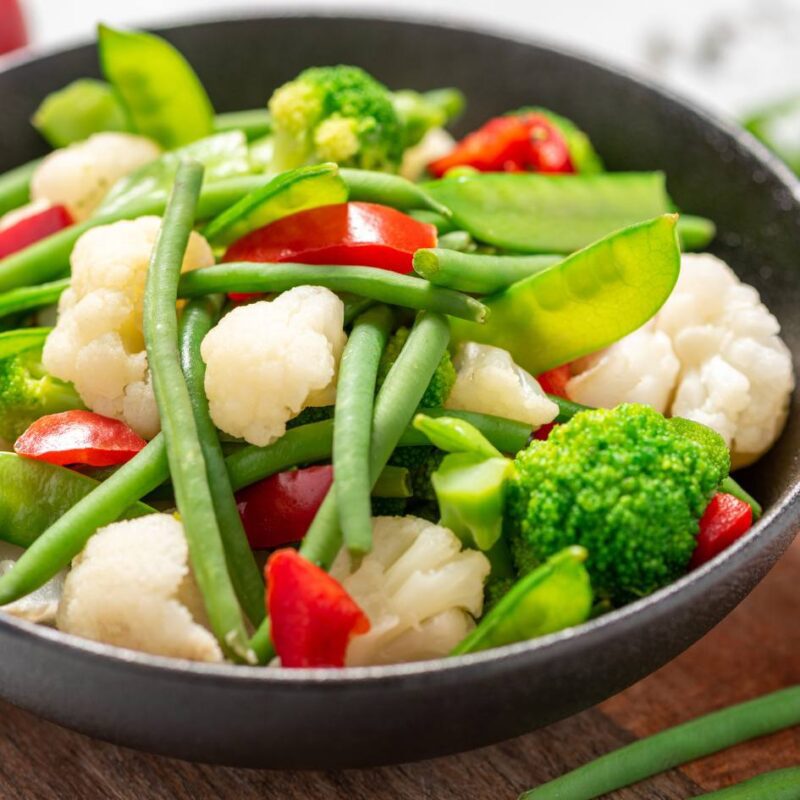
This post may contain affiliate links. Disclosure here.
People most often measure weight loss success by the number on the scale. However, the number displayed when you step on the scale is your body’s overall weight, which includes glycogen stores, fat, water, and muscle mass. We want to lose the fat, not the rest of our body composition. Read up on 7 big fat loss mistakes to avoid when trying to reduce your weight.
Although fat is important to our health for a variety of reasons, we often have too much of it and when we want to lose weight, we want to lose the extra fat and not our muscle mass. We want that muscle for our tone and definition.
Therefore, it is important to avoid these 7 big fat loss mistakes people often make when trying to lose those love handles and jiggly parts, so that we actually lose the fat and not the sought after muscles we worked so hard to attain at the gym.
1. Not Tracking Your Food Intake

One fat loss mistake to avoid on your weight loss journey is to not track what you are eating. Tracking your food intake will help keep you accountable and organized. By tracking and logging, you will become more mindful and realize when you are overeating or not eating enough of the required macronutrients.
The macronutrient protein plays an important role in maintaining muscle mass. Following a high-protein diet helps preserve muscle mass and increase fat loss, so tracking and logging our diets can help us see what we’ve consumed and ensure we are getting enough protein in our daily diets. For example, we might see that we didn’t get enough protein at breakfast and increase it at lunch or dinner, or we can view Monday’s record and try to improve the rest of the week.
When we don’t track, we can unknowingly eat too much. Those little bites and mouthfuls here and there can really add up. So begin your day by writing down everything you consume, even water.
Grab a fresh scribbler, make your own spreadsheet, or use an app like MyFitnessPal. My Fitness Pal is great for tracking calories, nutrients, and macros and gives a deeper look into your daily diet, letting you know if your protein intake is low. However, good old fashioned jotting down on paper works too.
Download this Weekly Food Log for a printable version. This food log has a spot to include feelings, which can often come into play in our diet success. If we are feeling low or depressed, we may end up eating too much. If we log these situations, we can come up with strategies to improve.
2. Not Including Weights in Your Exercise Regime

Cardio exercise has many health benefits and shouldn’t be avoided. It’s great for heart and lung health, burns plenty of calories, and has healthy mental and social benefits.
Weight training has all those benefits as well, but has the added benefit of building more muscle. Muscle burns more calories at rest; therefore, it is the key to increasing your resting metabolism. Building muscle will also help maintain the muscle when you are losing weight, so that you are losing fat and not muscle mass. No one wants to be skinny and untoned.
Try mixing up your exercise regime, so you are getting the benefits of both cardio and weight training, and ensure you enjoy the exercises or fitness classes you join so you stay motivated and accountable.
If you are new to weight training, refer to this beginners guide for a weight training workout.
3. Eating Too Much ‘Healthy’ Food
A mistake I often see with clients is having the attitude that you can eat as much healthy food as you want. While healthy food will bring in many nutrients your body requires, healthy food still has calories, and often quite a few calories, so over eating will prevent you from losing that fat and impair your weight loss.
For example, many people carry almonds around and snack on them when hungry, but 10 almonds is 80 calories. Do you stop at 10 almonds or do you mindlessly eat double or triple that when hungry?
Another example is granola or protein bars. People often throw those in their bag to eat when hungry, but these can range upward of 300 calories and often contain more sugar than you’d expect. And sugar triggers insulin release, which promotes fat storage.
So while it is perfectly okay to snack on healthy foods, be mindful of how much you are eating, and if it is packaged, check out the food label to learn the nutrient and caloric levels.
4. Eating Fake Food
Another fat loss mistake people often make is falling victim to fake food. Many diet companies create their own proprietary packaged food, while other companies sell small packages of treats in a caloric parameter, such as small bags of 100 calorie chips or cookies.
The nutrients in these packaged goods are most likely void. But the worst part is due to the sugar or salt levels in each bag, you will be triggered to eat more. You may start out thinking you can eat just the one bag, but end up going on a binge and eating several ‘100 calorie’ bags of chips or cookies. Sound familiar?
Instead of buying these diet fake foods, try making real whole food snacks that will nourish and satisfy your cravings. For example, snack on hard boiled eggs or some yogourt or cottage cheese with berries.
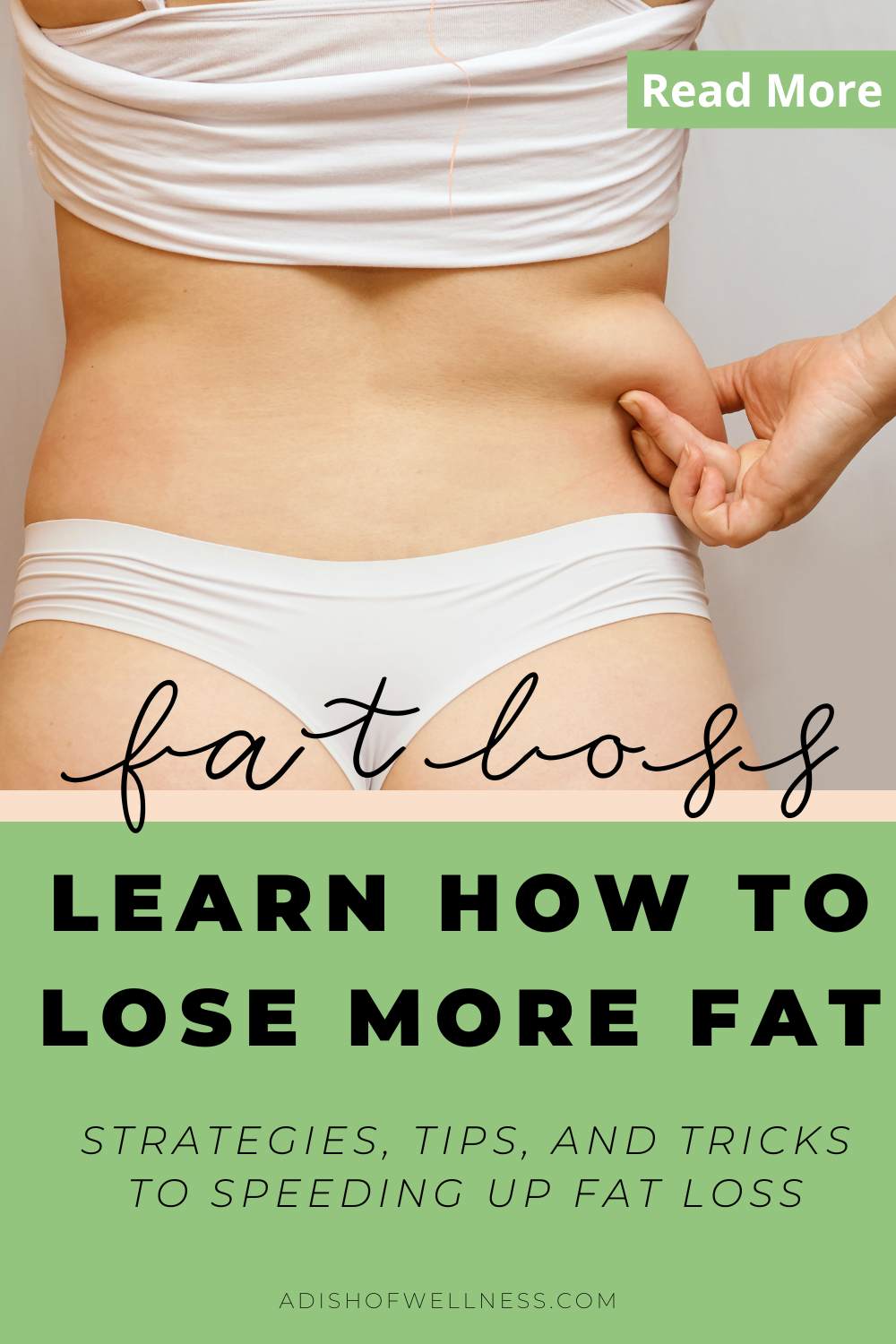
5. Not Drinking Enough Water
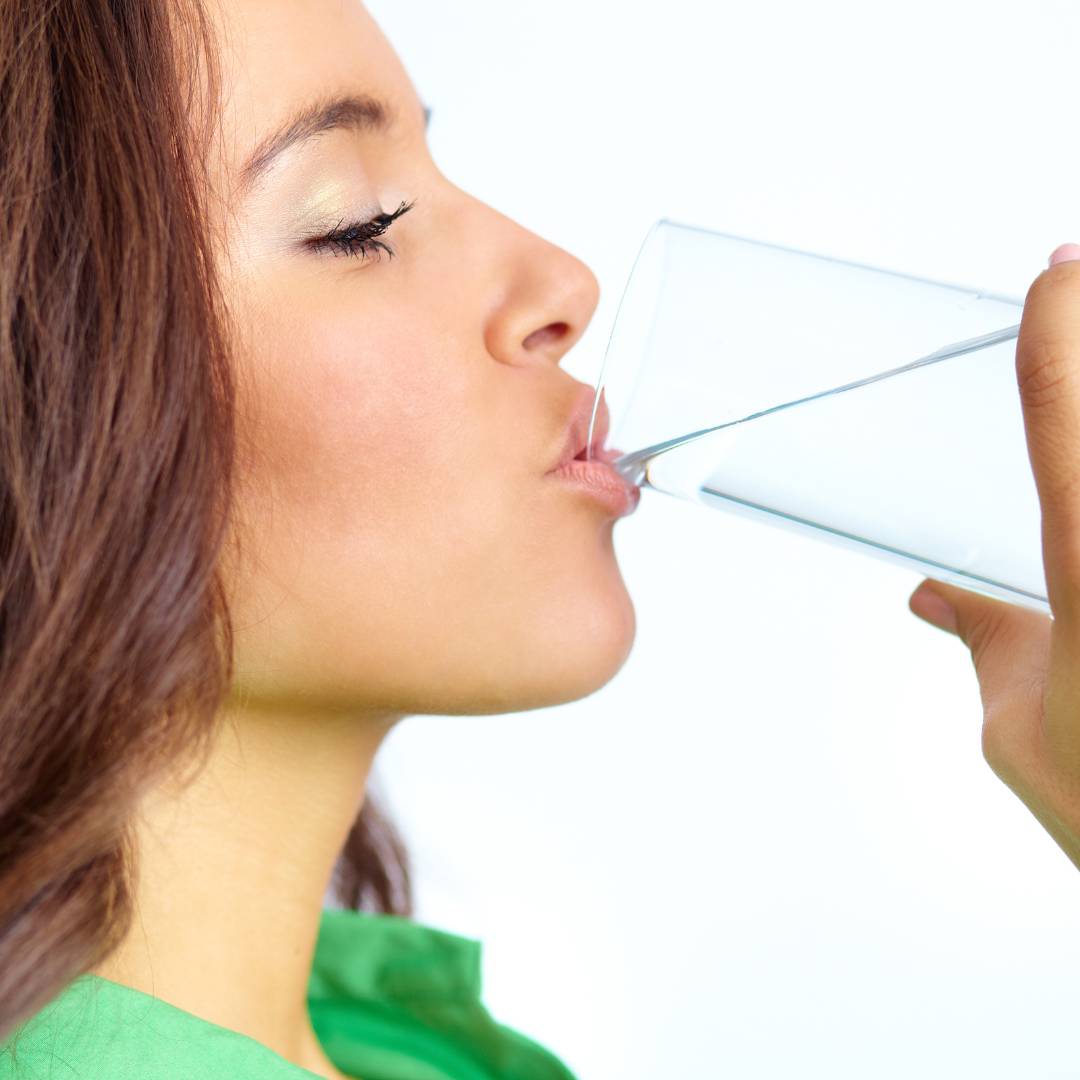
You’ve heard it before, get in your water. Water performs so many functions in the body, including the raising of metabolism and the burning of fat.
Without water, the body cannot properly metabolize stored fat or carbohydrates through lipolysis. The first step of lipolysis occurs when water molecules interact with triglycerides to create glycerol and fatty acids.
Water helps with elimination. If you don’t drink enough water, you will most likely have constipation and that does not help move the scales.
Proper elimination helps flush out the toxins in your body, which are often stored in fat cells. The pathway of toxic elimination is through urine.
Water also helps suppress your appetite. Drinking just one glass can turn off the hunger hormone Grehlin for at least 30 minutes.
Water can also help with fat loss, because it helps the lungs, heart, and other organs to work effectively while exercising.
6. Not Doing Intermittent Fasting
Giving our body a break from eating can have many great physical results, including fat loss. When we eat, our pancreas secretes insulin, which is our fat storage hormone. Some foods spike our insulin levels higher than others, with our bodies in constant storage mode.
When your insulin levels are up, your cholesterol, triglycerides, and stress hormones adrenaline and cortisol are elevated as well. When your insulin levels are spiked, melatonin your sleep hormone, DHEA a hormone that makes other hormones, HGH your growth hormone, and your bodies ability to break down fat is all reduced.
We have two fuel sources where we get energy – glucose and fat. When your insulin is elevated, your body is using your immediate fuel source – glucose. Instead, we want to use our fat as the energy source. When your insulin is back at base line, your fat becomes your energy source.
If you are a grazer and eat several times a day, your insulin is constantly elevated and your body is in fat storage mode with fat burning being much more difficult to achieve.
The Metabolic Balance Program is a diet program that follows daily intermittent fasting with at least 5 hours between each meal. When you have a nourishing and well balanced meal like you get with your Metabolic Balance plan, your insulin should go up and come back down within two hours. Therefore, if you eat three meals per day, you have 18 hours where your body is fasting and in fat burning mode.
For more information on intermittent fasting, I highly recommend the book Fast. Feast. Repeat. It has a lot of great information and tips and benefits of intermittent fasting.
7. Not Getting Enough Sleep

Did you know that If you don’t get adequate sleep, the hormones that control your hunger and satiation are disrupted and will cause you to overeat?
Ever notice how you eat more when you are tired? That’s because the hunger hormone Ghrelin is activated when we don’t get enough sleep and our satiation hormone Leptin is not, causing us to overeat in an attempt to turn off the hormone.
So ensure you get more than six hours of good quality sleep each night to keep your hormones balanced and your eating in check.
A few natural ways to sleep better is to try camomile tea at bed time, a warm bath, removing computers and cell phones from the bedroom, dark curtains, magnesium tablets, and Boiron Coffea Cruda, a homeopathy tablet that quietens the mind and helps with sleep.
Frequently Asked Questions
What to avoid while losing fat?
One should avoid white flours, sugar, trans fat, and processed foods when trying to lose fat.
What foods burn belly fat?
A diet that includes fibre, veggies, fruit, and lean protein are the best foods to reduce belly fat. A diet of whole foods in moderation combined with exercise is the best thing one can do to reduce belly fat and overall weight.
Does walking burn body fat?
Yes, when you walk, your body uses energy from stored fat as well as glycogen (carbohydrate stored in muscles and liver) to fuel your activity. The longer and more briskly you walk, the more calories you burn, which can lead to fat loss. While walking does not burn as many calories as more intense forms of excerise like HIIT classes or weight training, it does provide a lot of mental and physical health benefits and should be added to your daily activities.
What is visceral fat?
Visceral fat, also known as intra-abdominal fat, is the fat that surrounds the organs in the abdominal cavity. Unlike subcutaneous fat, which lies just beneath the skin, visceral fat is deeper within the body and surrounds organs such as the liver, pancreas, and intestines.
Visceral fat is considered particularly harmful because it can increase the risk of various health problems, including type 2 diabetes, heart disease, stroke, and certain cancers. It’s often associated with metabolic syndrome, a cluster of conditions that includes high blood pressure, high blood sugar, excess body fat around the waist, and abnormal cholesterol levels.
Conclusion
It is important when we are trying to lose weight, that we actually lose excess fat and not our muscle mass. Avoiding these 7 big fat loss mistakes will help speed up fat loss, while maintaining muscle mass and tone, leaving you well nourished, fit, toned, and healthy.


